7 TACTICS STORES USE TO TRICK YOU INTO BUYING THINGS (AND HOW YOU CAN AVOID THEM)
It’s no surprise that stores want us to spend our money. It’s the way that business goes after all. But some stores have found several ways to exploit this. They’ve brought in business psychologists and marketing experts to figure out ways to get people to spend more money than you originally intended.
In fact, these tricks are so sneaky and so powerful, you may be falling for one of these tricks without noticing!
You’ll find these tricks everywhere, but you’ll especially find them in grocery stores. With grocery stores being so competitive, they need to use these tactics to get an edge. But if you’re looking to save money, then knowing these tricks is vital as you can learn to avoid them and therefore save money.
STRATEGIC PRODUCT POSITIONING

While some people may be familiar with where products are placed on shelves, there is also the case with where the items are available. You’ll notice that some stores place bakeries or flower shops near the entrance of the store. Or maybe they’ll place all the fresh fruits and vegetables at the entrance of the store. Those are there to rope you in.
The healthy foods give you the impression that you’ve picked the healthy part of the store. On the other hand flower shops and bakeries have appealing smells that rope you in. Bakeries especially can make you feel hungry while you shop.
And then you have your essentials which are placed near the back of the store. This forces you to go through the aisles, exposing you to more products that you may buy on impulse. But you may also buy them because you are hungry. The fact you need to go through all the food items first to get to where you want to go may be enough for you to pick up more food items.
SOLUTION: HAVE A SNACK

But there is one quick fix to all of this and that is to have a snack. You want to have this snack before you even step foot into the store and regardless of if you are feeling hungry or not. It’s a lot easier to resist temptation to buy extra food if you are full.
But having a snack is part of the much larger plan of coming in prepared. This means coming up with a shopping list before you enter the store and sticking to it throughout.
By doing this you have two distinct advantages. First is it pulls you away from distractions. You know what you need and generally where it is. And the second is even if you get tricked, you’re still walking away with everything you needed in the first place.
LARGER CARTS

Since at least 1975, shopping carts have actually grown a lot and not that many people seem to have noticed that. But one thing that hasn’t changed at all is our own purchasing behaviours.
Since grocery stores have been in our lives, many purchasers get a certain level of satisfaction from having a cart full of items. Grocery stores realized this and over the past several decades have been gradually growing the sizes of shopping carts. It’s to the point now that certainly no handful of items will be enough to fill the cart. Furthermore when shoppers are waiting in line and seeing many shoppers with grocery carts filled, they feel almost obligated to go back and buy more so they don’t appear poor.
SOLUTION: LOOK FOR ALTERNATIVES
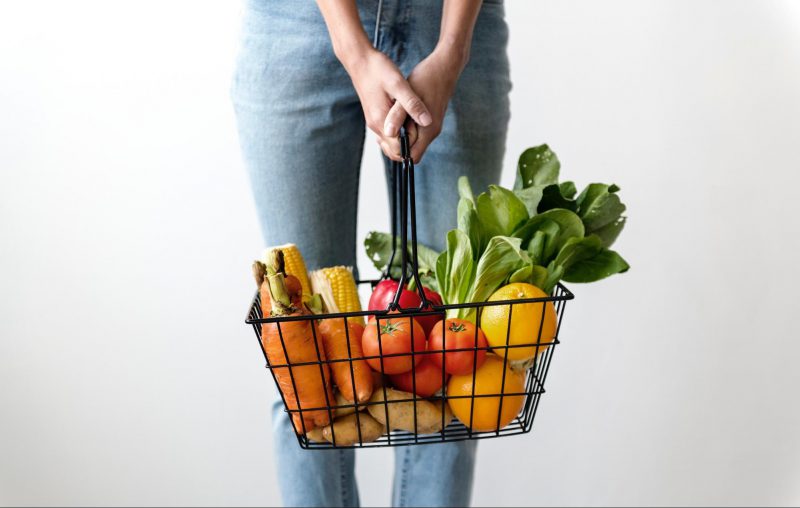
Many grocery stores recognize these days that not every one of their shoppers is part of a large family. To appease those shopping for just themselves they offer smaller carts or baskets. Using one of these reduces the urge to fill the shopping cart to the brim. And even if you do, you’ll be able to store a smaller amount than if you had a larger cart.
It’s also a good practice to avoid grabbing a cart or a grocery basket altogether. Of course, this will be based off of what you need to get. However if you’re only looking for a few items, it’s smarter to pick up what you need and get out. It seriously limits what you can get.
Another way you can think about it too is that ditching a cart will allow you to go through the store faster. You don’t need to be squeezing through crowded aisles or waiting for people to go. You can weave through the traffic if you’re hauling a basket or carrying everything in your arms.
NUMBER GAMES

One thing you’ll find in so many stores is their obsession with the numbers “.99” or in some cases “.49.” Studies have looked into it and found that someone is more compelled to buy something if an item is priced at say $4.99 as opposed to the flat price of $5.00. That penny difference can play tricks on you and it has a name too. It’s called the “left-digit effect.”
Basically people will gravitate more towards the left digit and not pay attention at all to the rest of the numbers. It’s why some times some people will argue with cashiers saying they bought something for $4 when the actual price read $4.75 or $4.99. Some stores even drop the dollar sign to throw away your association with money. This only encourages you to buy more.
SOLUTION: ROUND UP

We learned in elementary math class that if a decimal was larger than 5 we round the number up to the nearest 0. All we need to do is use this when we go grocery shopping too.
But you can go one step farther with this. Because there are taxes in some of those items as well. And while taxes aren’t going to the grocery store’s bank, they are still an extra cost to us. So getting into the habit of adding the tax to every single one of your items can give you more of an idea of how much you’ll be spending.
But at the same time, it can be a pleasant surprise as well. We know that not everything in a grocery store is taxed. So if you train yourself to add the tax to every item your total will certainly be smaller than what you came up with in your head.
This strategy is nice because it keeps you within your budget. And for a lot of us that’s important. It’s not out of the ordinary these days for some of us or seeing others argue with the cashier about prices or ask them to void several items. If you have a tendency to do that, start rounding up.
PACKAGING TRICKS
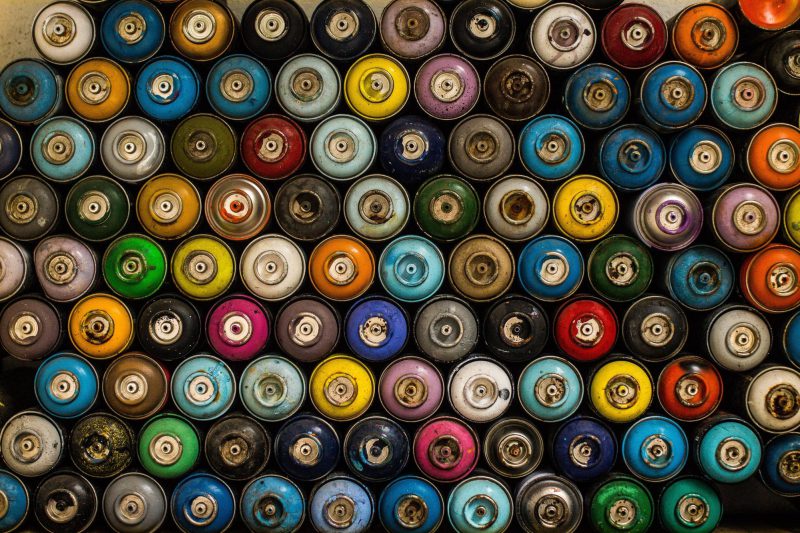
Thanks to people being more health conscious, businesses have had to be a bit smarter with how they are packaging items. Chances are likely you’ve seen how packaging bottles and candies have changed over the years. But you see that the most with cans of soda or beer. There’s now thinner cans or even miniature sized cans as well. These are all designed to appeal to those looking to lose weight but still getting to enjoy their cheat drinks.
And while some of us may feel like we’ve dodged a bullet, we couldn’t be farther away. In fact, research shows that those of us drinking from smaller cans are more likely to consume more overall. The reason? We trick ourselves into thinking two smaller sized cans is less than one regular sized can. But since so many of us don’t realize it, we actually spend more money buying the smaller cans. After all, we’re clearing through them twice as fast as we were with the regular cans.
SOLUTION: READ THE LABELS
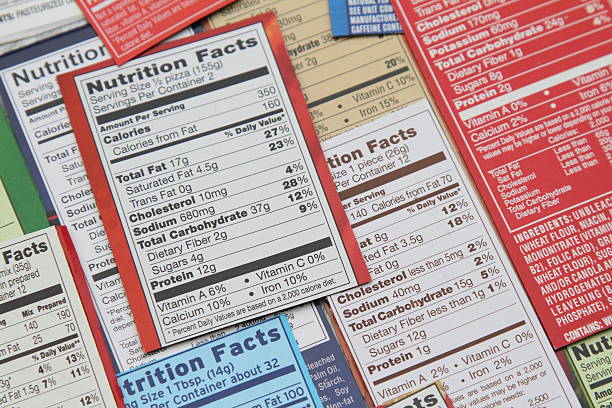
But pay especially close to the prices and quantity you are getting. Many grocery stores warp our views of proportions in various ways. If a product is smaller, chances are it’s cheaper, but it can end up costing you more if you buy a lot of it. Furthermore, anything that comes in jumbo size may be giving you less for your dollar.
This is all common sense when it’s all written out for you, but when you’re in a grocery store, so many people fall for this trick. Sometimes you’ll get more and spend less if you get two of the regular size item as opposed to paying for one “Jumbo size” or multiple mini items.
CREATING A SENSE OF URGENCY

Grocery stores are good at putting up all kinds of signs and deals for us and we’ve seen them all before. Sale signs that read “While supplies last,” or items that are cheaper than usual but limit how many you can buy. The big question is how do these make you feel? Because for many people these types of deals make them feel like if they don’t buy this right now, they’ll never see it this low ever again.
Another tactic stores will use are “10 for $10” when in actuality these are just dollar deals. However our subconscious tricks us into buying more. “We only get the deal if we buy 10” is what we think when the reality is far from it.
SOLUTION: RECOGNIZE WHEN YOU’RE PUSHED

But it’s not always so black and white. You may have planned on buying this item anyway and you noticed it’s on sale or there is a promotion behind it. That doesn’t mean you should avoid it. Instead, whenever you see an item on sale it’s worth asking “would the company give this away for less if I really wanted it?”
You can also twist the question a bit. Say you saw a sale for 10 for $10. Ask yourself if you saw these exact same items for $1 at Dollar Tree, would you actually buy them? If your answer is “no” then this was a marketing scheme.
SMOOTH & CALM MUSIC
If you think the grocery store has good tastes in music think again. There’s a reason they’ve picked the music that you are listening to. The biggest is that the American Marketing Association discovered that playing slow music slows shoppers down. Furthermore the shopper is not even aware of the music at all. It’s in this calm state of mind where we really take our time to look at everything. We’re not focused on the things we need to be getting and rushing out. This can lead to us spending more time – and money – in the store.
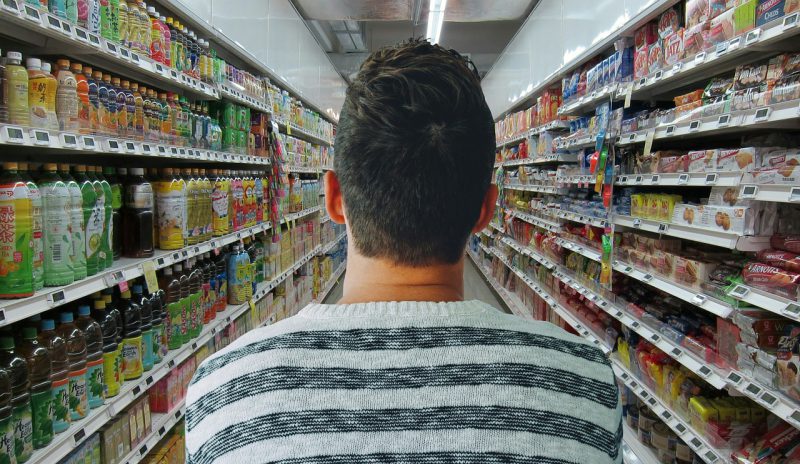
If you think the grocery store has good tastes in music think again. There’s a reason they’ve picked the music that you are listening to. The biggest is that the American Marketing Association discovered that playing slow music slows shoppers down. Furthermore, the shopper is not even aware of the music at all.
It’s in this calm state of mind where we really take our time to look at everything. We’re not focused on the things we need to be getting and rushing out. This can lead to us spending more time – and money – in the store.
SOLUTION: BRING YOUR TUNES

Next time you’re in a store, either pop in some earbuds and listen to your own music. Or if you forgot about them, spend some time to recognize the music. Once you recognize it, you’ll find that you’re not walking at the pace of the music’s beat. This same rule applies when you’re listening to your own music. You’ll begin to subconsciously move based on the beat of the music.
COUPONS
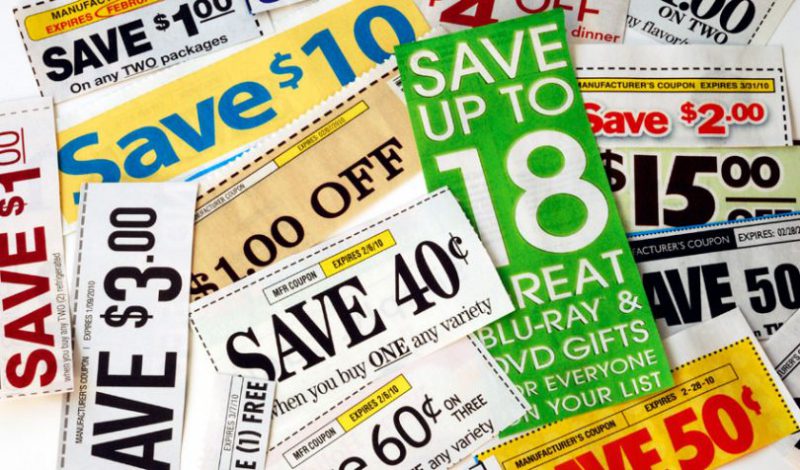
From the coupon machines to massive boards holding hundreds of these them, coupons are another way to rope people in. In some cases coupons are used to encourage people to try out new items or to develop new spending habits. What better way to buy a new item than to save money on it right? But not all coupons are created equal. In fact, a study from New York University found that those using a one-time coupon will spend more money than those who find a cheaper alternative using no coupons at all.
SOLUTION: BE SMART WITH COUPONS

As a rule, never use coupons at random and only use them if you know you’ll be saving money. Before you go shopping, look at all the grocery store sales ads. Furthermore, consider downloading apps for grocery deals. There are several apps you can find that can send you notifications for when certain items go on sale.
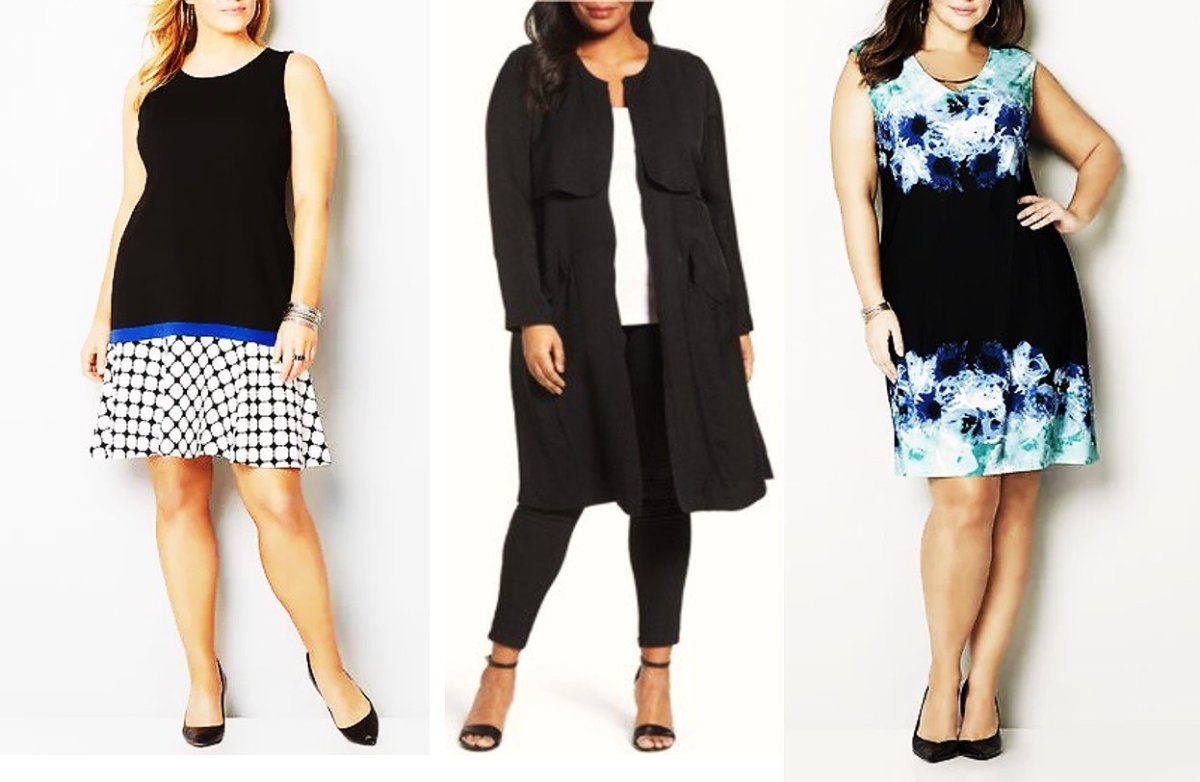
No comments:
Post a Comment